The Quantum Insider (TQI) is the leading online resource dedicated exclusively to Quantum Computing.
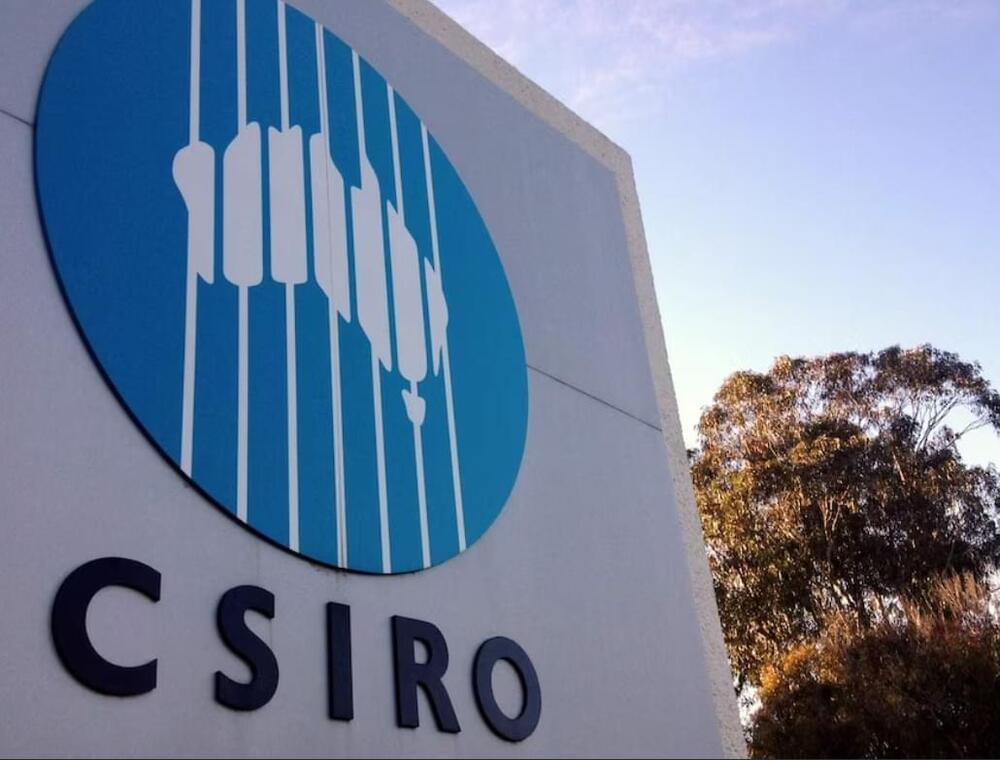


Claudia de Rham thinks that gravitons, hypothetical particles thought to carry gravity, have mass. If she’s right, we can expect to see “rainbows” in ripples in space-time.
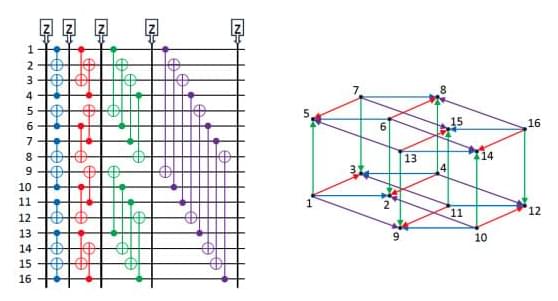
The quantum advantage, a key goal in quantum computation, is achieved when a quantum computer’s computational capability surpasses classical means. A recent study introduced a type of Instantaneous Quantum Polynomial-Time (IQP) computation, which was challenged by IBM Quantum and IonQ researchers who developed a faster classical simulation algorithm. IQP circuits are beneficial due to their simplicity and moderate hardware requirements, but they also allow for classical simulation. The IQP circuit, known as the HarvardQuEra circuit, is built over n 3m 32k inputs. There are two types of simulation for quantum computations: noiseless weak/direct and noisy.
The quantum advantage is a key goal for the quantum computation community. It is achieved when a quantum computer’s computational capability becomes so complex that it cannot be reproduced by classical means. This ongoing negotiation between classical simulations and quantum computational experiments is a significant focus in the field.
A recent publication by Bluvstein et al. introduced a type of Instantaneous Quantum Polynomial-Time (IQP) computation, complemented by a 48-qubit logical experimental demonstration using quantum hardware. The authors projected the simulation time to grow rapidly with the number of CNOT layers added. However, researchers from IBM Quantum and IonQ reported a classical simulation algorithm that computes an amplitude for the 48-qubit computation in only 0.00257947 seconds, which is roughly 103 times faster than that reported by the original authors. This algorithm is not subject to a significant decline in performance due to the additional CNOT layers.
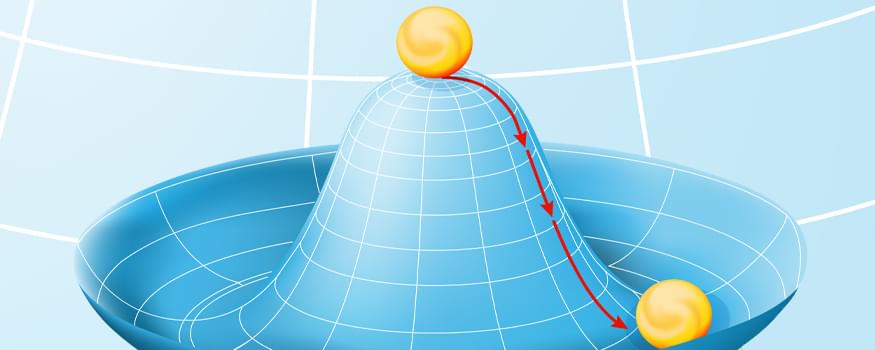
Quantum field theory (QFT) was a crucial step in our understanding of the fundamental nature of the Universe. In its current form, however, it is poorly suited for describing composite particles, made up of multiple interacting elementary particles. Today, QFT for hadrons has been largely replaced with quantum chromodynamics, but this new framework still leaves many gaps in our understanding, particularly surrounding the nature of strong nuclear force and the origins of dark matter and dark energy. Through a new algebraic formulation of QFT, Dr Abdulaziz Alhaidari at the Saudi Center for Theoretical Physics hopes that these issues could finally be addressed.
The emergence of quantum field theory (QFT) was one of the most important developments in modern physics. By combining the theories of special relativity, quantum mechanics, and the interaction of matter via classical field equations, it provides robust explanations for many fundamental phenomena, including interactions between charged particles via the exchange of photons.
Still, QFT in its current form is far from flawless. Among its limitations is its inability to produce a precise description of composite particles such as hadrons, which are made up of multiple interacting elementary particles that are confined (cannot be observed in isolation). Since these particles possess an internal structure, the nature of these interactions becomes far more difficult to define mathematically, stretching the descriptive abilities of QFT beyond its limits.
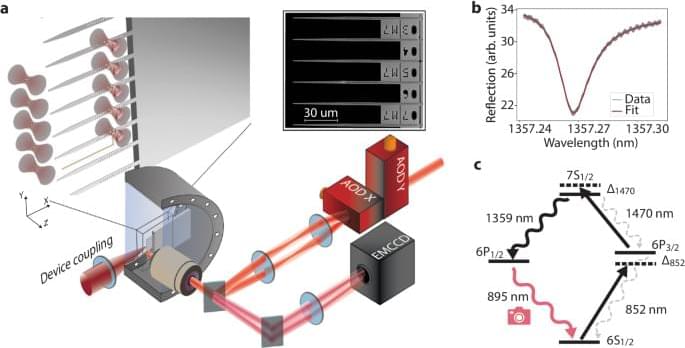
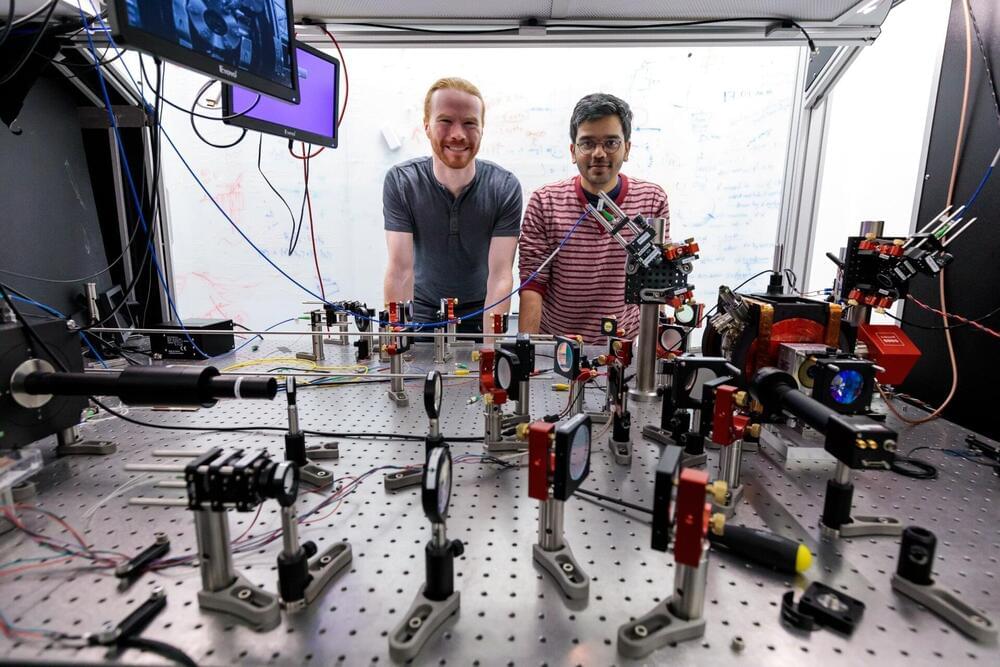
Quantum information systems offer faster, more powerful computing methods than standard computers to help solve many of the world’s toughest problems. Yet fulfilling this ultimate promise will require bigger and more interconnected quantum computers than scientists have yet built. Scaling quantum systems up to larger sizes, and connecting multiple systems, has proved challenging.
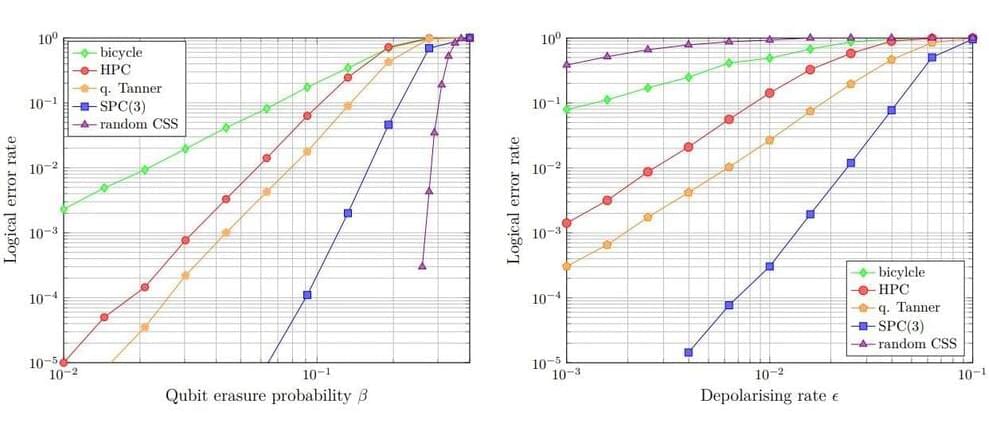
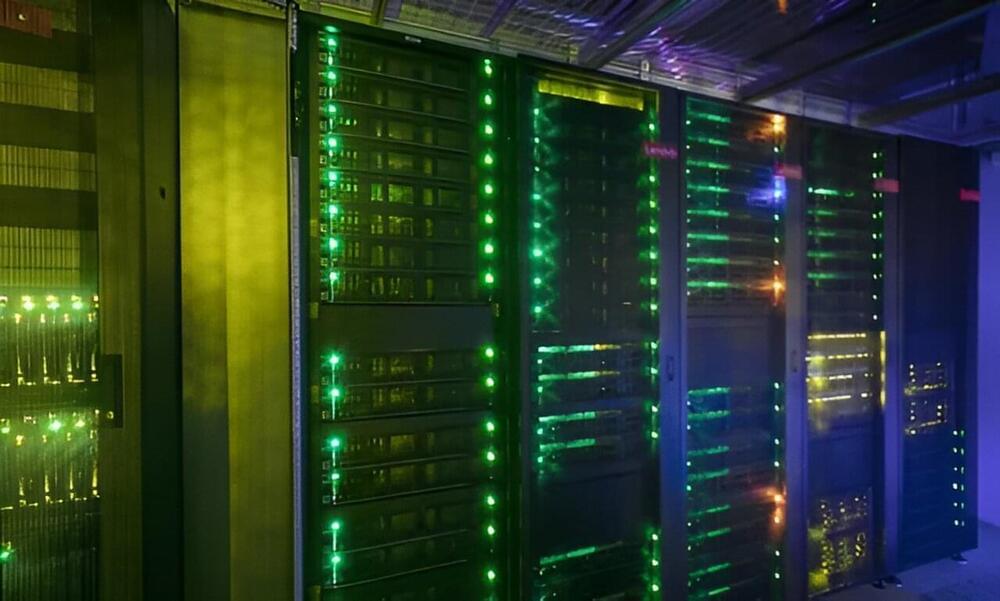
Working together, the University of Innsbruck and the spin-off AQT have integrated a quantum computer into a high-performance computing (HPC) environment for the first time in Austria. This hybrid infrastructure of supercomputer and quantum computer can now be used to solve complex problems in various fields such as chemistry, materials science or optimization.
Demand for computing power is constantly increasing and the consumption of resources to support these calculations is growing. Processor clock speeds in conventional computers, typically a few GHz, appear to have reached their limit.
Performance improvements over the last 10 years have focused primarily on the parallelization of tasks using multi-core systems, which are operated in HPC centers as fast networked multi-node computing clusters. However, computing power only increases approximately linearly with the number of nodes.
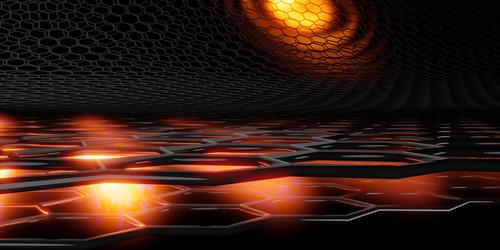
Twisting the graphene sheets in a bilayer stack, so that the 2D orientations of the sheets are offset from one another, can drastically affect how the stack reacts to light. Researchers have observed the effect experimentally, but they lack an accurate theory of the behavior. Now Lorenzo Cavicchi at the Scuola Normale Superiore in Italy and collaborators have developed a theory that predicts that light-impinged twisted graphene bilayers could host two kinds of electron oscillations known as plasmons [1]. One of these plasmons, the acoustic plasmon, is tightly confined between the two graphene layers, giving it properties that could allow for its use in studying light–matter interactions.
The electrons in a twisted graphene bilayer are distributed unevenly across the system. This inhomogeneous distribution results from the system’s misaligned carbon atoms. Cavicchi and his colleagues accounted for the electron inhomogeneity in their theory. They also modeled the bilayer as two distinct sheets rather than as a single unit, as was done previously.
The team’s theory predicts the bilayer can host two kinds of plasmon oscillations: the previously known optical plasmon, where all electrons move in the same direction at the same time, and an acoustic plasmon, where the electrons in each sheet move in opposite directions. For a graphene bilayer with a 5° twist angle between the sheets, the researchers predict that the acoustic plasmon should have a velocity of about 840,000 meters per second. That velocity is slow enough that the oscillations are confined within the 0.3-nm gap between the graphene sheets. The researchers say that this tight confinement leads to interactions between the plasmon and incoming light that enhance the intensity of that incoming light. This behavior could be useful for applications in quantum cavities.
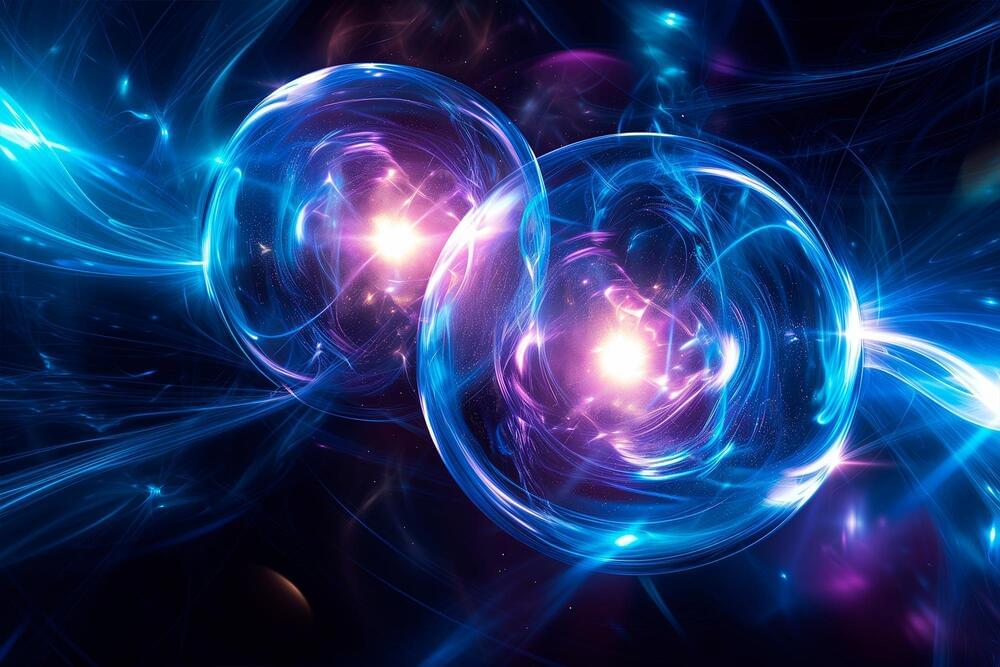
New research has established a reversible framework for quantum entanglement, aligning it with the principles of thermodynamics and paving the way for improved manipulation and understanding of quantum resources.
Bartosz Regula from the RIKEN Center for Quantum Computing and Ludovico Lami from the University of Amsterdam have demonstrated through probabilistic calculations the existence of an “entropy” rule for quantum entanglement. This discovery could enhance our understanding of quantum entanglement, a crucial resource underpinning the potential of future quantum computers. Although quantum entanglement has been a research focus in quantum information science for decades, optimal methods for its effective utilization remain largely unknown.
The second law of thermodynamics, which says that a system can never move to a state with lower “entropy”, or order, is one of the most fundamental laws of nature and lies at the very heart of physics. It is what creates the “arrow of time,” and tells us the remarkable fact that the dynamics of general physical systems, even extremely complex ones such as gases or black holes, are encapsulated by a single function, its “entropy.”